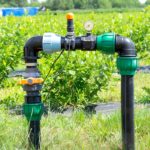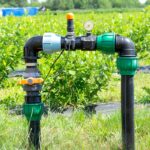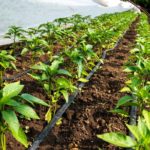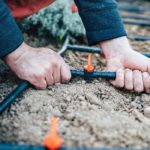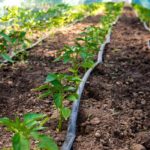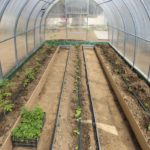Considering how expensive a pressure regulator is, it’s no wonder that some people wonder whether that part can simply be skipped when it comes to setting up a drip irrigation system. Technically, yes, it can be skipped — but there are many benefits to installing a pressure regulator and many potential downsides to leaving one out.
Although it’s not required, a pressure regulator regulates the PSI of a drip irrigation system, which needs to be below 30. It also protects the system from surges and pressure loss. An alternative is a pressure reducer, but it only reduces pressure and doesn’t protect against surges.
It’s always tempting to skip a step when it comes alongside a large price tag, but installing a pressure regulator in your drip irrigation system can prevent a lot of headaches down the road. From regulating the amount of water to protecting against surges and losses of pressure, you can rely on the pressure regulator as a kind of fail safe for your irrigation system. Let’s take a closer look at how it works and why it’s best to invest in one.
What Is a Pressure Regulator?
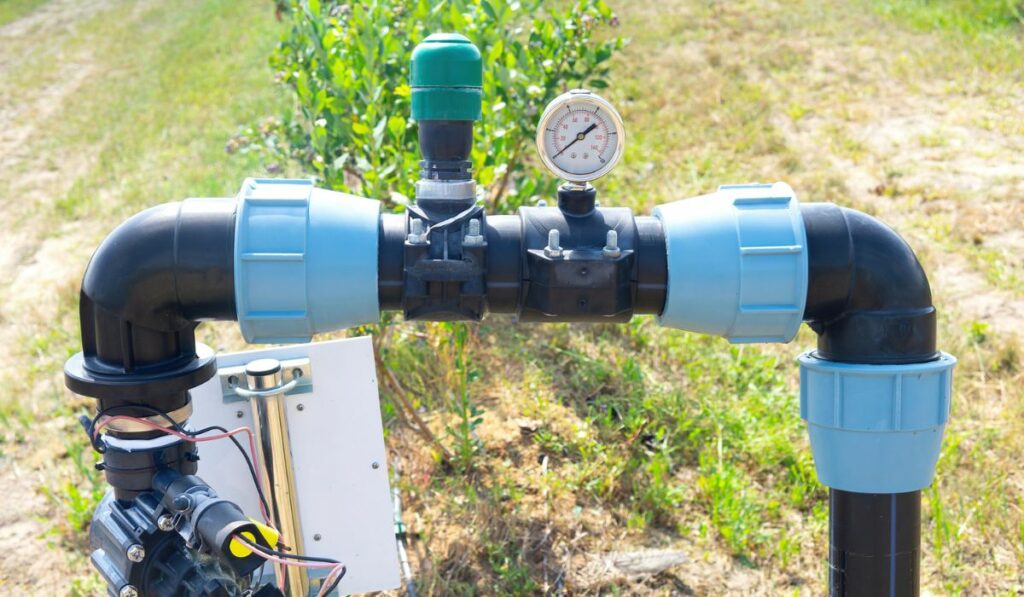
Pressure is measured in a force per unit of area and, just like tire pressure, water pressure needs to be measured as well. PSI is the pressure per square inch, and in this case we’re taking about water pressure.
A pressure regulator like this one from Kohree (on Amazon) regulates the PSI of water flow in a drip irrigation system. It basically maintains the water pressure to the desired amount and prevents surges that could potentially damage your irrigation system.
Most pressure regulators that are created for drip irrigation systems act non-directly. That means they have a pre-set output and can’t be adjusted.
These kinds of regulators aren’t meant to supply continuous pressure and need to be installed lower than the control valve. Connected to the Y filter outlet and adjacent to the control valve, they must have a minimum amount of water flowing through them or they won’t work at all.
Is a Pressure Regulator Necessary for Drip Irrigation?
In most households, the PSI is roughly 30, while a drip irrigation system uses 15 to 35 PSI, making a pressure regulator a widely accepted recommendation. Even if the water source’s PSI matches the PSI of the drip irrigation system, you’ll want to install a pressure regulator in order to manage any surges and prevent damage to your irrigation system.
Since pressure regulators are the most expensive part of a drip irrigation system, you might be hoping to skip this part, especially if you’ve tested the water pressure and it read at 30 PSI or lower. While skipping the use of a pressure regulator will make the system cheaper at the time of installation, the long term issues that may arise will definitely cost you more down the road!
The difficulty in not using a pressure regulator comes with controlling and reducing water pressure, which in turn makes your system wear out faster. This leads to the need to replace parts more often, or the system entirely, if you’re suffering from pressure surges.
There’s also the fact that finding a leak or the cause of a lack of water flow could take many hours to figure out. This can be avoided by installing a pressure regulator.
Drip Irrigation vs. Sprinklers and Hoses
Benefits of Drip Irrigation
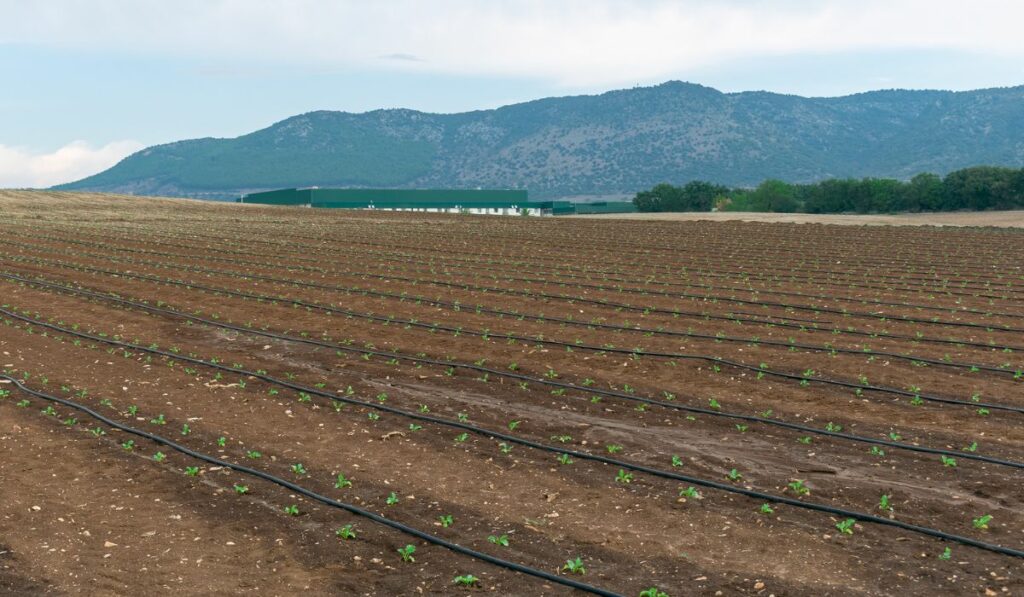
There are many benefits to using drip irrigation over the traditional sprinkler or hoses. For instance, drip irrigators allow for a more stable balance of moisture and oxygen in the soil, as opposed to just soaking it with water at random.
Drip irrigation systems are up to 90% more efficient than hoses and 40% more than sprinklers, which in most cases exempts them from local drought restrictions. Be sure to check your local municipality for specific guidelines.
With the precise amount of watering that drip irrigation can offer, it reduces runoff, evaporation, and wind drift as well as nutrient leaching, giving your plants the best possible watering without sacrificing all the good benefits of your soil.
Drip irrigation helps water those hard-to-reach spots like narrow areas and sloped gardens or lawns. Furthermore, you can set it up yourself and adjust it as the needs of your plants change throughout the season.
Differences Between Drip Irrigation and Soaker Hoses
Soaker hoses are hoses with a series of holes punctured through them to distribute water along the full length. They release a ton of water at one time and then shut off to let that water soak into the soil.
Drip irrigation, meanwhile, releases a slow, steady, and precise amount of water to an exact location instead of soaking the entire area like a soaker hose. Each emitter (on Amazon) on a drip irrigation system has a specific flow per hour rate to maintain that controlled release of water.
Drip irrigators are also usually anchored to the ground in a semi-permanent location that can be adjusted as the needs of your plants change. More often than not, many gardeners have the irrigation system set up right next to the rows of plants for direct moisture and watering.
Are There Cheaper Alternatives?
Instead of getting a pressure regulator, you could simply get a pressure reducer (on Amazon). True to its name, a pressure reducer reduces the amount of water pressure from the source — in this case the spigot.
However, unlike a pressure regulator, it won’t adapt to surges or losses in the pressure and might be prone to leaks and damage if these things do occur.

